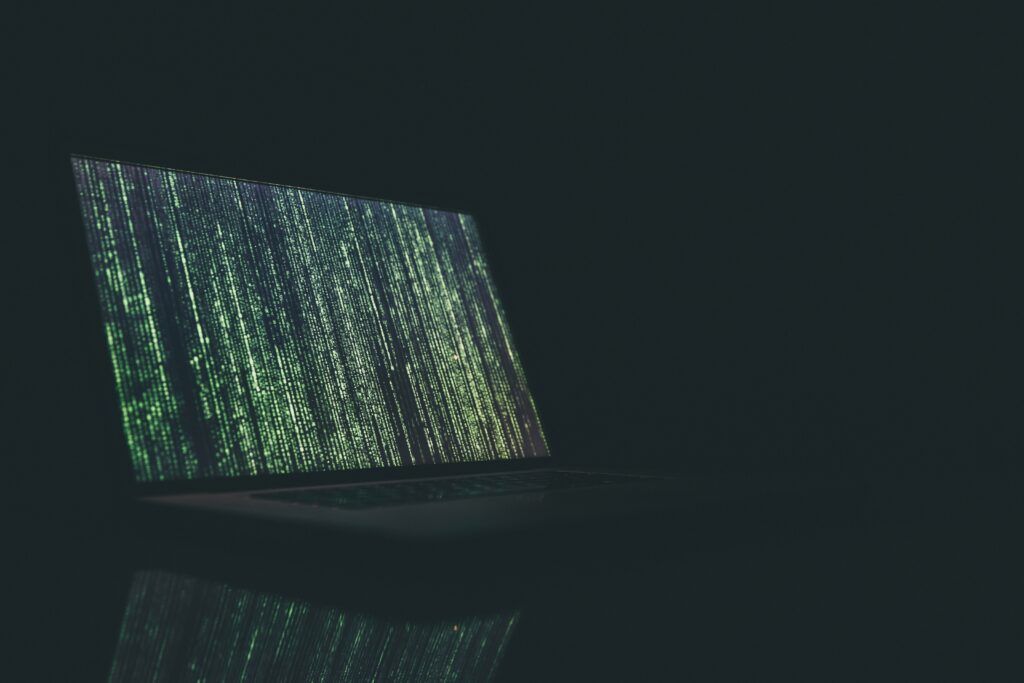The cybersecurity industry is closing out a hectic (and exciting!) few months in cybersecurity. Since May, the industry’s top cyber evangelists and security innovators have gathered at two of this year’s biggest events: RSA Conference and Black Hat USA.
At Black Hat Las Vegas, our clients and other leading vendors took part in meaningful discussions on the challenges and opportunities across today’s global threat landscape. In 2024 alone, we’ve witnessed the industry and threats alike evolve at a pace we’ve never seen before – heightened by advancements in AI, rising nation-state threats, significant global events like elections and the Olympics, and, of course, the historic CrowdStrike outage.
One thing is for sure: this year has marked significant movement in cybersecurity. So let’s dive into what was top of mind for Black Hat attendees and presenters – and what cyber trends you can expect to see in the coming months.
The CrowdStrike Outage Shed Light on an Emerging Cybersecurity Phenomenon
Happening just a month before Black Hat, you don’t have to be a security practitioner to understand the snowball effect of CrowdStrike’s outage. Impacting many of our everyday brands from airlines, healthcare, and financial services, 8.5 million Windows devices – and many U.S. Fortune 500 companies facing $5.4 billion in direct financial loss from the outage – heading to the conference, we all knew this would be a key topic of discussion for all attendees.
Sharon Goldman at Fortune captured it best: there’s a “newfound notoriety” of the CrowdStrike brand that drove hundreds to drop by its booth and ponder on what this means for the future of cybersecurity: it’s likely a when and not if we’ll see an outage of this size again.
The incident emphasizes the importance of developing, designing, testing, and deploying software with security at the heart. Of course, that also means rethinking how software interacts with our critical infrastructure and software. Enter cyber resilience.
Jen Easterly, director of the Cybersecurity and Infrastructure Security Agency (CISA), emphasized the importance of cyber resilience in the keynote session, “Democracy’s Biggest Year: The Fight for Secure Elections Around the World.” Of course, the importance of something doesn’t often translate to immediate progress but making “secure by design” mandatory for security vendors is the path forward.
Related Read – Cybersecurity Perspective: The Convergence of the CISO and CMO
Just How Secure Is the 2024 U.S. Election?
While we’re just a few months away from elections here in the U.S., concerns about increasing cyberattacks, nation-state involvement, and generative AI-driven misinformation will also have a place at the polls. Panelists in the keynote session – all representatives from global cybersecurity groups – stressed the utmost importance of the larger cyber community to join forces and protect our infrastructure and people from election cyber threats.
The good news is that CISA and the FBI are working behind the scenes to ensure a secure U.S. election; however, security vendors and practitioners also play a role in protection and education. What’s important to remember is that 2024 is set to be the biggest election year in history – and bad actors will surely do everything in their power to capitalize on this. Everything from election-related infrastructure threats to foreign adversaries’ use of AI tools to spread fake news stories is at risk.
Generative AI: Friend or Foe?
On top of AI-related risks to this year’s elections, generative AI and large language models (LLMs) were another key focus among attendees. Many sessions and conversations across the floor focused on the challenges and opportunities of advancements in AI.
Whether it’s improving the success rate of attacks or spread of misinformation and disinformation, AI is undoubtedly evolving as a tool for exploitation. However, there lies a wealth of opportunities to use AI for good: namely, improving our defenses as we brace for more sophisticated attacks. A core component of AI’s evolution is how vendors will use its intelligence to help organizations better monitor, identify, and respond to attacks.
Many vendors at the show released new products leveraging AI to assist security teams in thwarting attacks, while others announced partnerships to improve AI-enabled defenses. While the industry still has a way to go to ensure AI-based security tools are upleveled against AI-based threats, there’s no question that the technology is here to stay – for the good and the bad.
Related Read – Ethics and Artificial Intelligence: 3 Issues with Generative AI in Business (AI on the Move)
Moving into the Next Era of Cybersecurity
Looking back at Black Hat 2024, PAN clients – including Thales, Bitdefender, ManageEngine, Vercara, and ExtraHop – all took part in meaningful discussions with industry peers and attending media and analysts. In addition to focusing on this year’s hottest conversations around the impacts of the global CrowdStrike outage, the upcoming election, and AI, we partnered with clients to ensure they got the most out of this year’s event.
From pre-event planning, setting up media and analyst interviews, and assisting in their product announcements and timely research launches, this year proved to be a successful moment in time. Cheers to all who attended, and stay tuned for 2025’s recap!
Want to see the difference that cybersecurity expertise can make for your branding? Let’s talk!


